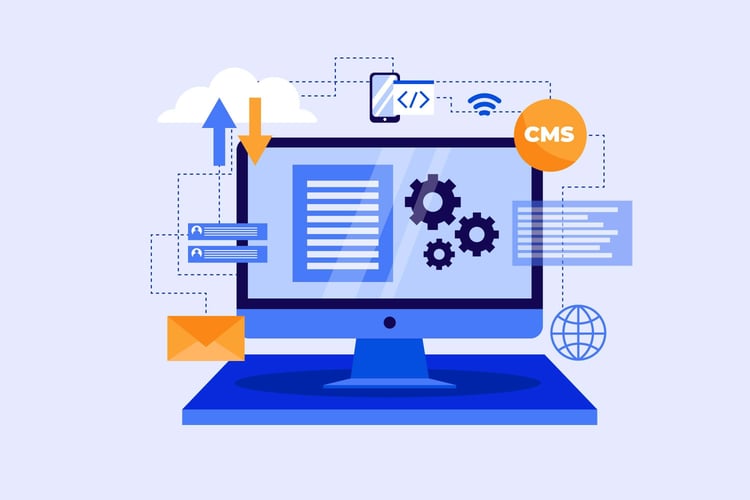
As a continuation of our blog series on system selection, it’s time to discuss helpful tips to facilitate a successful product demonstration. The organization and management of the entire process requires upfront preparation. If you drive the process, your demo evaluations will be far more effective.
Demonstrations are one of the most critical components of the software selection process. Seeing a system in action can be a great learning experience. But not all demos are created equal. Let’s talk about how you can level the playing field. To make the most of everyone’s time, CC Pace recommends the following best practices for product evaluations.
Tip One – Keep your process manageable by evaluating no more than five systems. If you evaluate too many vendors, it becomes difficult to drill down deep enough into each offering. You will inevitably suffer from memory loss and start asking questions like, “which system was it that had that cool fee functionality that would be really helpful?”
Tip Two – For each software vendor, set a well thought out date and time for the on-site demo. Depending on your team’s travel schedule, try to space out the demos a few days apart so that you have time to prepare and properly analyze between sessions.
Tip Three – Logistics play a big role in understanding how a system looks and functions, so do your part to help your vendors present well. Whenever possible, arrange for a high-quality projector or large HD screen for the attendees in the room. Hard-wired internet connections are always better. There’s nothing worse than being told, “the screen issues are because of a resolution problem” or “it’s running slow because the air card only has one bar.” Providing these two items can easily remove doubts about external factors causing appearance and performance issues.
Tip Four – Involve the right people from your organization. It’s important to have executive sponsorship as well as hands-on managers involved to assess the software modules. This is also the best opportunity to get “buy-in” from all parts of your organization.
Tip Five – Be sure to head into these demonstrations knowing your key requirements. Visualize it as a day in the life of a loan and follow a natural progression from initial lead into funding. Jumping around causes confusion and can be difficult on the vendor.
Build a list of requirements based on the bulk of your business. Asking to see how the software handles the most complicated scenarios can send the demo down needless paths. No one wants to watch a sales person jump through a bunch of unnecessary hoops for a low-volume loan product.
If you highlight which functional capabilities are most important to your organization, the vendors can spend more time demonstrating those capabilities in their software. Communicate how you think their software can help. But be careful not to justify why something is done a certain way today, but rather focus on how it should be done in the future.
Tip Six – The easiest way to take control of the demo process is to draft demo scripts for your vendors. Start by identifying the ‘must-have’ processes that the software should automate. Don’t worry about seeing everything during this demo. Set the expectation that if the demo goes well, the vendor will likely be called back again for a deeper dive. Provide a brief description of each process and send it to the vendor participants so they can show how their software automates each process. The best vendor partners will have innovative ways to automate your processes, so give them a chance to show their approach.
As you watch the demos, keep track of how many screens are navigated to accomplish a specific task. The fewer clicks and screens, the better. Third-party integrations can significantly help with the data collection and approval process. Always have an open mind regarding different ways to accomplish tasks and don’t expect your new software to look or act just like your legacy system.
Simple scorecards should be completed immediately following each demonstration. This will make it easier to remember what you liked and disliked and prove invaluable when comparing all the systems side-by-side when your demos are complete.
One final suggestion: always request copies of the presentations. Not only will this help you remember what each system offers, it’s useful when the time comes to create presentations for senior management.
photo credit: http://www.freepik.com/free-vector/business-presentation_792712.htm Designed by Freepik
More from the blog
View All Blog PostsSubscribe to Our Blog
Fill out your email address to receive notifications about new blog posts from CC Pace!
